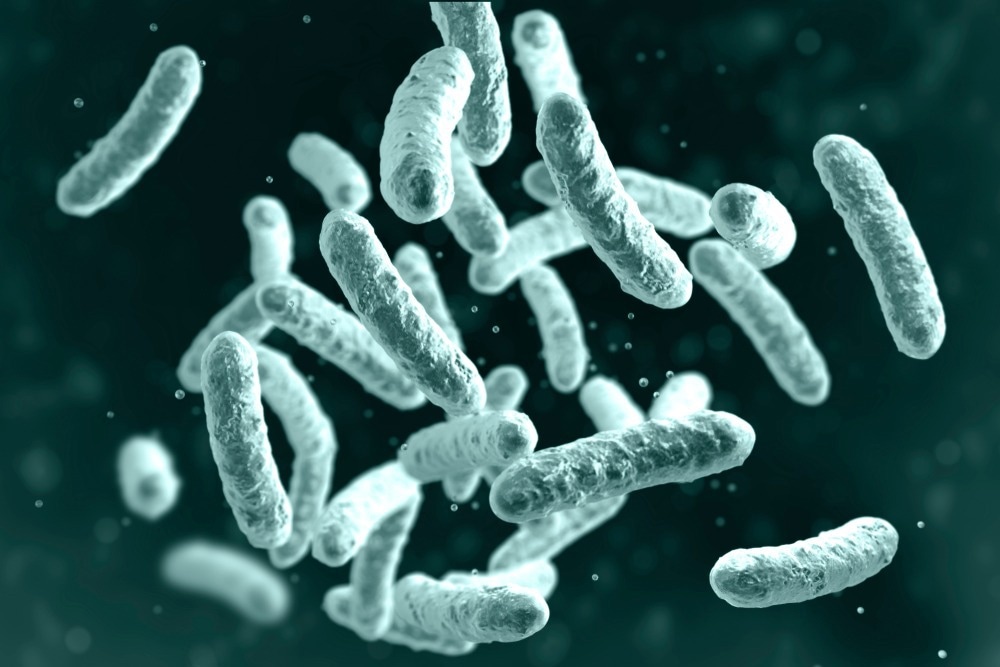Reviewed by Danielle Ellis, B.Sc.Oct 3 2023
Rare earth elements are used to power electric vehicles, wind turbines, and cell phones. These metals must be extracted from raw ore using acids and solvents.

Image Credit: Kateryna Kon/Shutterstock.com
Cornell researchers have now described the genome of Shewanella oneidensis, a metal-loving bacteria with a preference for rare earth elements, to replace the harsh chemical processing with a more benign method known as biosorption.
Their study, “Genomic Characterization of Rare Earth Binding by Shewanella oneidensis,” was published in Scientific Reports on September 25th, 2023.
The problem with the current methods of rare earth element purification is that they rely heavily on organic solvents and harsh chemicals. These methods are costly and environmentally damaging. Here we have a green alternative that uses microbes to selectively adsorb and purify rare earth elements, eliminating the need for harmful chemicals. We are making the purification process greener.”
Buz Barstow, Study Senior Author and Assistant Professor, Biological and Environmental Engineering, College of Agriculture and Life Sciences, Cornell University
The bacterium preferentially adsorbs—or attaches—to these rare earth elements, making it a great option for eco-friendly filtration.
In general, S. oneidensis favors the lanthanides, which are f-block elements found in the sixth row of the periodic table. The bacteria prefers europium in particular.
Characterizing the genome of S. oneidensis allows scientists to fine-tune its predilection for digesting different rare earth elements.
The researchers examined 3,373 sections of the S. oneidensis genome and discovered 242 genes that regulate it.
Scientists discovered mutant genes in bacteria that can cut the time of the rare earth element purification process by about one-third when compared to the natural form of S. oneidensis and provide a roadmap for perfecting this green technology.
Our work points to key genes that control membrane composition that are traditionally responsible for cell adhesion and biofilm formation in rare earth element biosorption. This work advances the mechanisms responsible for rare earth elements biosorption in S. oneidensis.”
Sean Medin, Study Lead Author and Doctoral Student, Cornell University
According to Medin, this research has the potential to make rare earth processing cleaner and more scalable.
Medin added, “Currently all the purification of rare earth elements is done abroad, due to stringent environmental regulations and high infrastructure costs of building a separations plant. Our process would make environmentally harmful solvents unnecessary. Our process potentially would be significantly less land- and capital-intensive to build as our separations could be done with repeated enrichment through columns full of immobilized bacteria instead of mixer-settler plants that are miles long.”
Although the technology is still in its early stages, the researchers are excited about its potential significance. According to Barstow, a faculty fellow at the Cornell Atkinson Center for Sustainability, this technique might help build a consistent supply of rare earth elements in the United States for technological and defense uses.
The group plans to build a pilot-scale purification system by 2028.
Barstow concluded, “This research gives us a genetic blueprint for making a microbe that allows us to purify rare earths in an environmentally friendly way. If you want to reduce climate change, this allows us to build a sustainable energy infrastructure – things like improving electric vehicles, wind turbines, creating superconductors and offering high-efficiency lighting. That is the ultimate payoff.”
Source:
Journal reference:
Medin, S., et al. (2023). Genomic characterization of rare earth binding by Shewanella oneidensis. Scientific Reports. doi.org/10.1038/s41598-023-42742-6